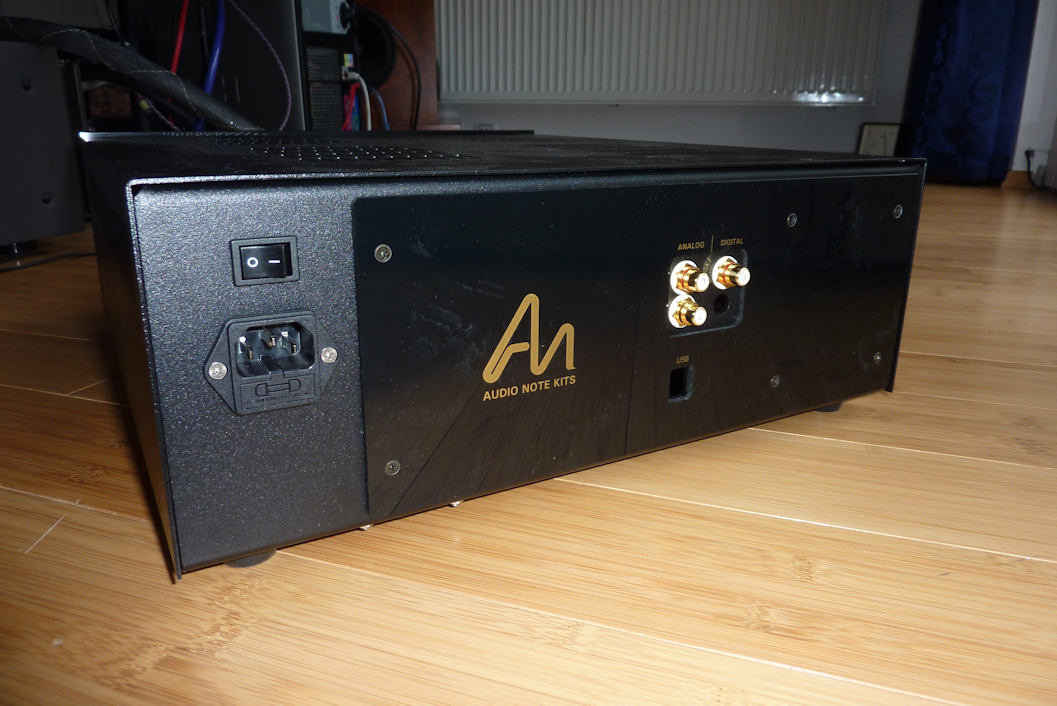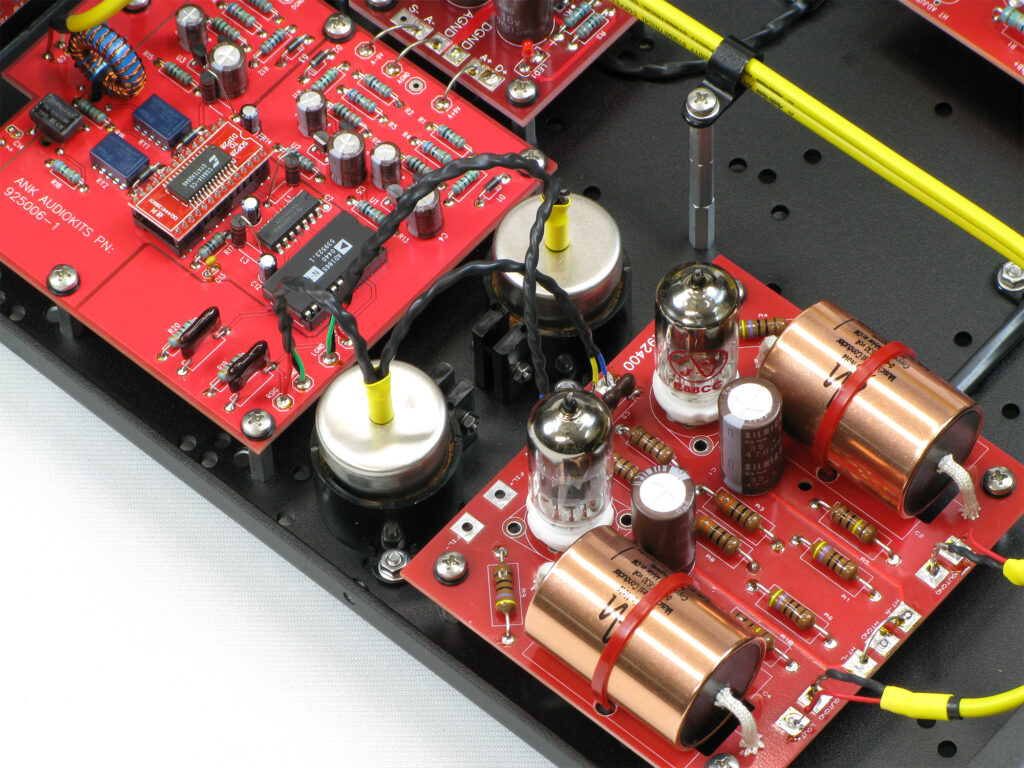

In contrast, the DAC2 has a natural "white" noise floor without any audible traces of AC hum. Magnetic emissions from these components are the primary source of the AC hum that can be heard in the noise floor of most audio products.


DAC2 Internal Viewīenchmark has transitioned to switching power supplies because they have the potential to be much quieter than conventional linear power supplies (see Audio Myth "Switching Power Supplies are Noisy" for a more detailed discussion of this topic).Ĭonventional power supplies have large magnetic components that operate at the AC line frequency (50 - 60 Hz). In many cases, the classic solutions (linear power supplies, line-frequency transformers, and large banks of capacitors) fail to deliver adequate performance in a D/A converter with a 125 to 130 dB signal to noise ratio (SNR). Power supplies can adversely affect the performance of these critical analog and digital systems. As the resolution of D/A converters has improved, power requirements have become more challenging. The analog and digital systems each contribute toward Benchmark's overall goal of transparent musical reproduction, but this goal can only be reached when these systems are supported by a well-designed power supply system. In part 2 we discussed the unique high-headroom digital processing chain inside the DAC2.
Dac2.1 from audionote series#
In part 1 of this series we discussed the importance of the analog section of an audio converter. This application note explains the power supply configuration inside Benchmark's DAC2 D/A converter. The Benchmark DAC2 is an audio digital-to-analog converter.


 0 kommentar(er)
0 kommentar(er)
